Integration Platforms (iPaaS) are designed to support critical enterprise-level integration projects and one of the fastest-growing enterprise software market segments. But what fuels this growth? By taking over the basic functions of low-level development and simplifying (or completely supporting) the implementation of data encryption/decryption, data transformation, deployment-procedures, and security features—integration platforms enable developers to invest more time into building core engineering solutions.
Let’s dive deeper into iPaaS, their capabilities, and advantages over existing implementation approaches.
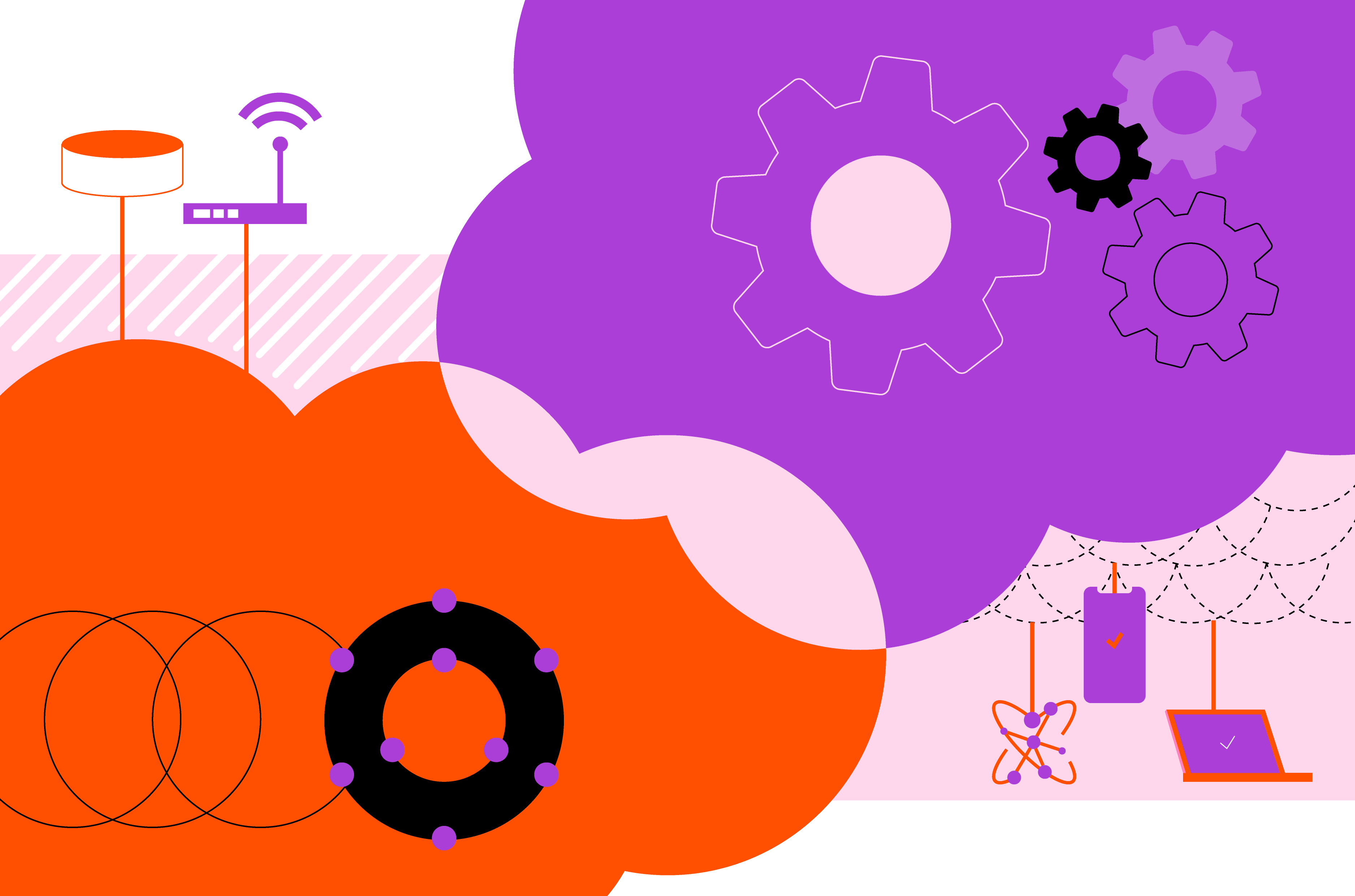
From ESB to iPaaS
System integration arose about 10 years ago as a result of an increasing number of systems used within enterprise organizations (such as human capital management, portals, etc.) which ultimately created a need for quick data synchronization between disparate systems.
Until recently, enterprise service bus (ESB) performed integration functions—the main purpose of which was to provide transactional control, data transformation, and data manipulation. Over time, integration tasks grew in complexity, requiring new, specific approaches, skills, and tools.
As a result, ESB evolved into an iPaaS or Cloud-based integration solution.
ESB vs iPaaS
Enterprise bus service answered the need to manage data in local or legacy systems and originated long before cloud systems or cloud integrations—making it suitable for data coordination and management, but still less flexible than iPaaS.
Integration platforms were designed to build and support cloud-based integration solutions/systems or manage integrations using cloud-based applications. With iPaaS, companies can potentially reduce or eliminate the need for on-premises/local servers or hardware, and most iPaaS support on-prem solutions as well as the cloud.
There are also key differences between ESB and iPaaS regarding scalability, multitenancy, and microservices:
Scalability
ESB is used for vertical scaling in an existing architectural solution, while iPaaS is more suitable for horizontal scaling (e.g., adding new subsystems/systems or components to an existing environment).
Multitenancy
Integrated platforms are more advantageous for multitenancy due to iPaaS ability to provide real-time access to data stored within different systems or applications. ESB is less adapted to perform such a complex task.
Microservices
Integration platform support of microservices architecture has advanced greatly.
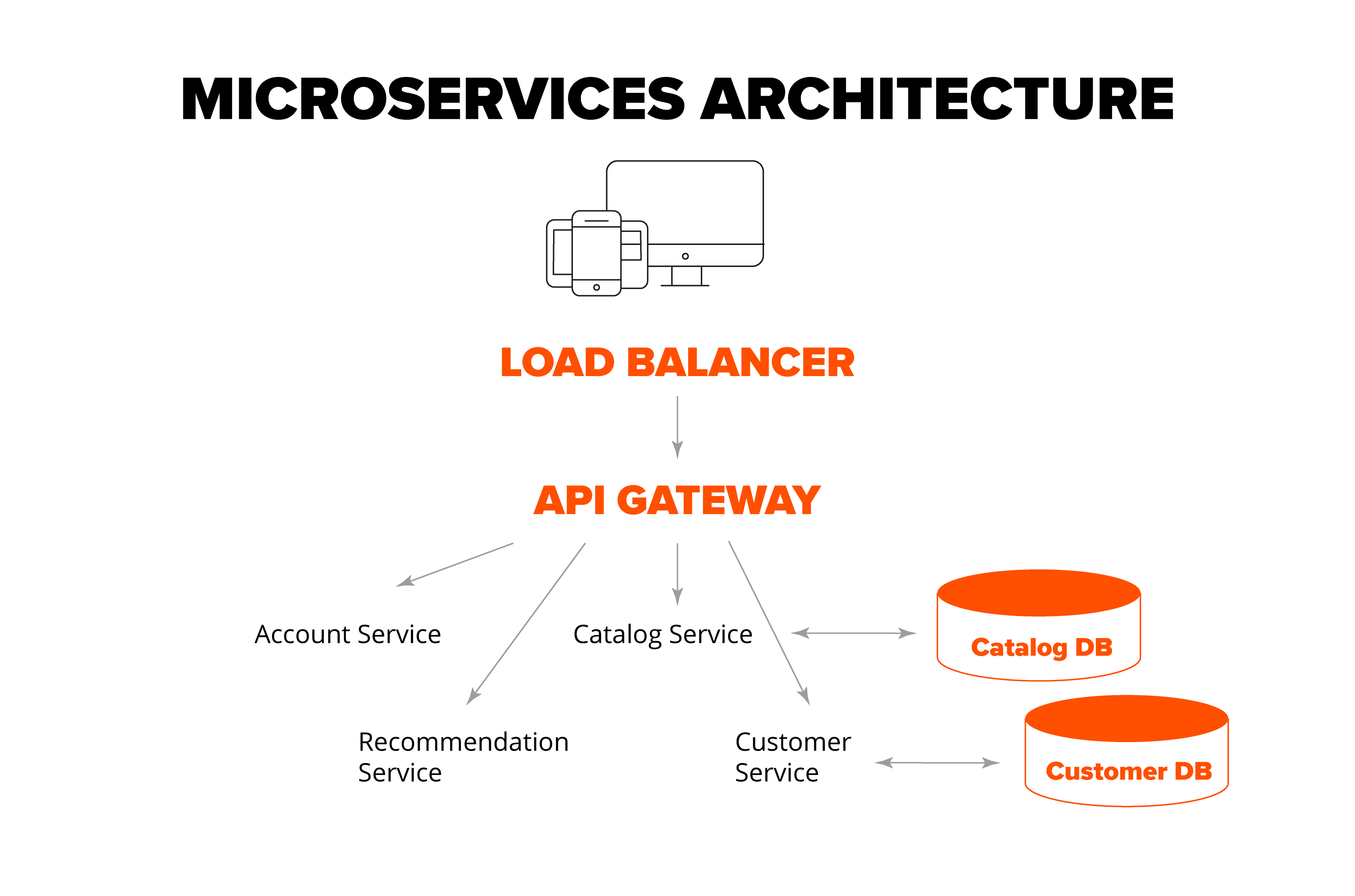
Most iPaaS platforms support:
- API Management
- Discoverability
- Serialization
- Dynamic process routing
- Docker
- External load balancers
- Custom Authentication
- Industry inter-process communication protocols
- Platform APIs
Additionally, one of the primary benefits of Integration Platforms are “Inbox Connectors”—ready-to-use solutions for connectivity between a wide variety of systems. For example, when using iPaaS, you implement "connectors" to support the best-known, and most used platforms, systems, applications, and tools.
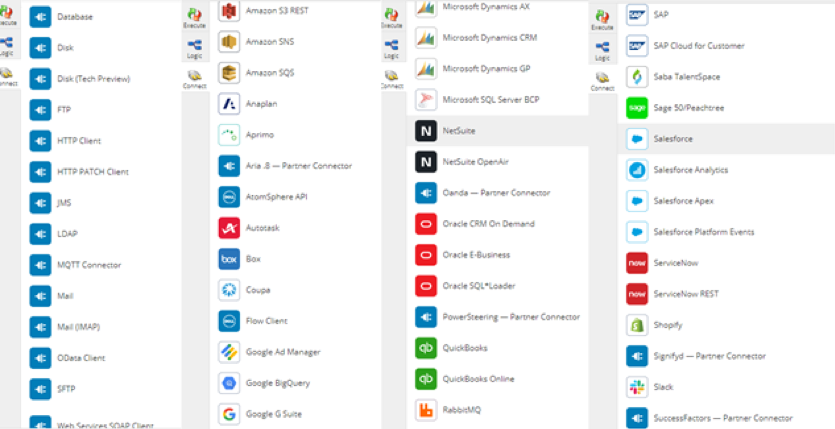
Boomi connectors
Using iPaaS data mapping allows for quick data conversion from one format to another. This also empowers users to process an appropriate data structure using different profiles.
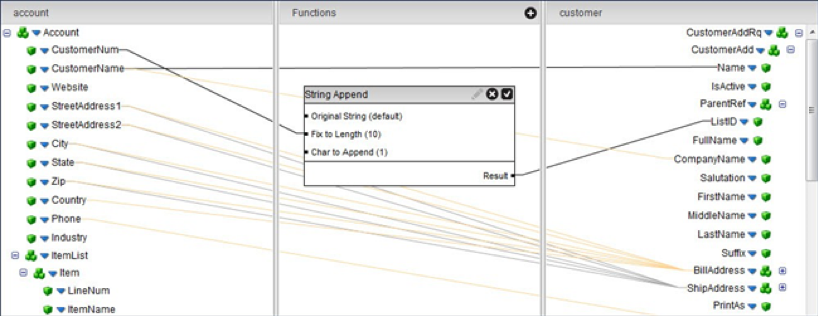
Boomi data mapping
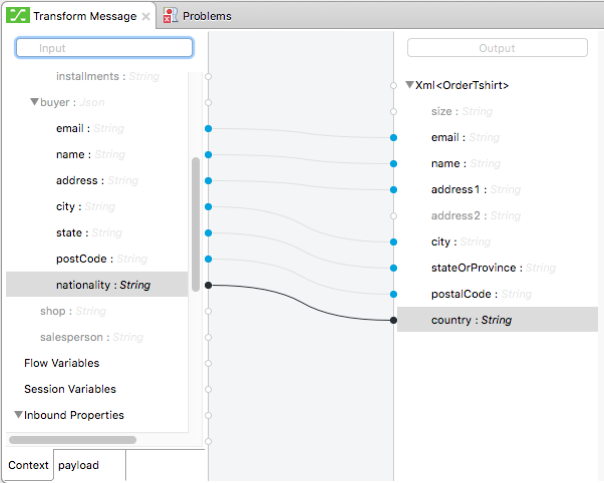
Mulesoft DataWeave
Integration Platform capabilities can be used to build complex solutions with minimum time involved.
Use Case
We built a system that synchronized enterprise system data and four disparate human capital management (HCM) systems. The synchronization was designed and implemented using an event-driven, near-real-time approach. Our integration solution responded to various events in different systems and those events triggered integration and eventually data synchronization.
Best in Class for iPaaS
The majority of top integrations platforms support key integration features, architectural patterns, and approaches including: application-to-application, publisher-subscriber, real-time, event-driven web services, streaming, batch, and extract-transfer-load (ETL).
One of the first integration platforms on the market was Informatica, which remains one of the most stable and widely used platforms. However, in terms of flexibility, variety of approaches, and supported features—Boomi (Dell) and Mulesoft may be equally if not more effective in many cases.
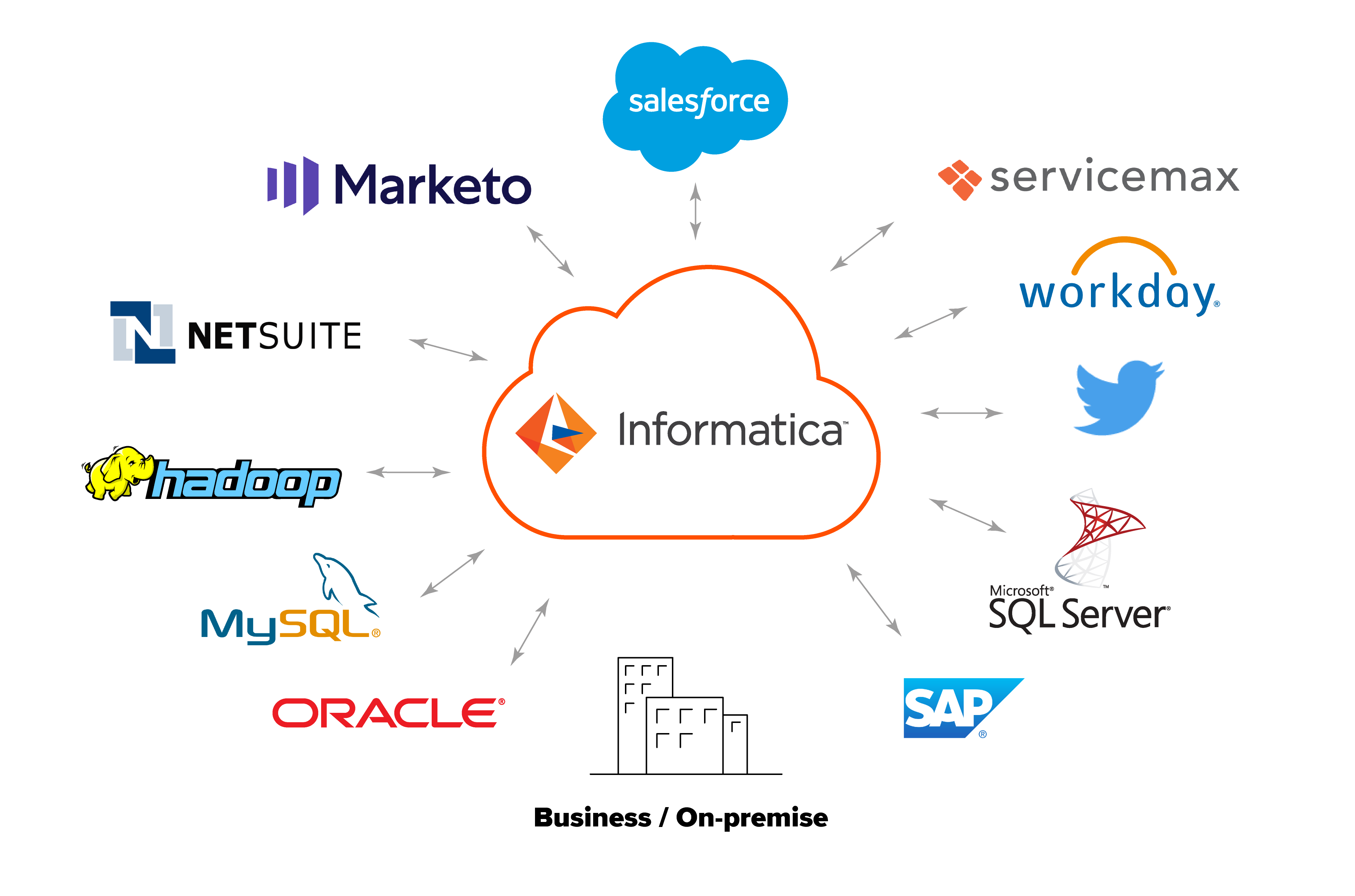
Informatica integrations
Boomi is recognized as the second-best enterprise integration platform-as-a-service and enables users to build complex integration solutions in a relatively short period of time.
For example, we’ve calculated the time required for a small project connecting SAP SuccessFactors and our client's HCM system (including testing, monitoring, and deployment). The implementation of an ESB-based prototype using Java + Configuration and Deployment, takes 10x longer than accomplishing the same with Boomi.
MuleSoft—A SoftServe alliance partner—is a Gartner Magic Quadrant leader for both iPaaS and API and provides a convenient environment for Java developers to work with its integration solution at a lower level compared to other iPaaS. MuleSoft’s combination of both API and iPaaS in a singular platform empowers users to make IT assets pluggable and reusable that—when combined with iPaaS—results in a scalable and change-ready application network.
Google Apigee—For the fourth time in a row, Gartner has recognized Google Cloud (Apigee) as a leader in the Magic Quadrant for Full Life Cycle API Management. This cross-cloud platform provides an ability to control error handling, data traffic, build portals, secure services/API calls, as well as document APIs. As a part of Google Cloud environment, Apigee is widely used for building API proxies - RESTful, HTTP-based APIs that are interacting with different systems and services.
Integration Platforms greatly simplify application integration across on-premises and cloud environments, empowering enterprises to increase agility, scalability, and resilience while reducing integration time and costs. SoftServe has a global team of iPaaS experts ready to help your team adopt, integrate, and optimize platform integrations.
Contact SoftServe today and let’s talk about the next steps in your iPaaS journey.

